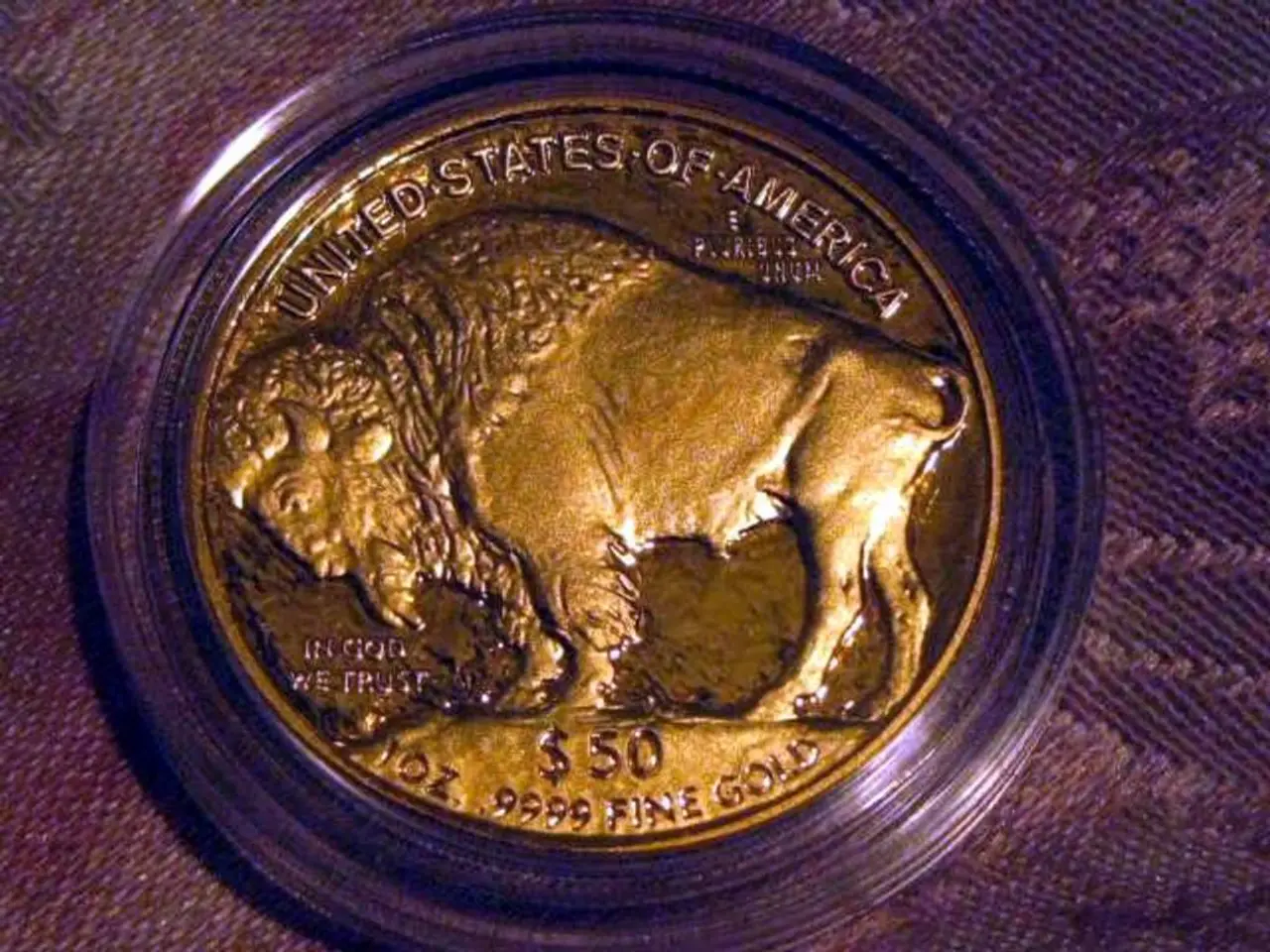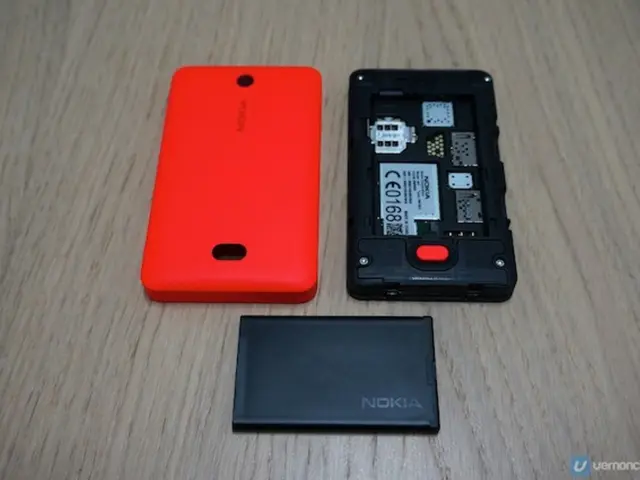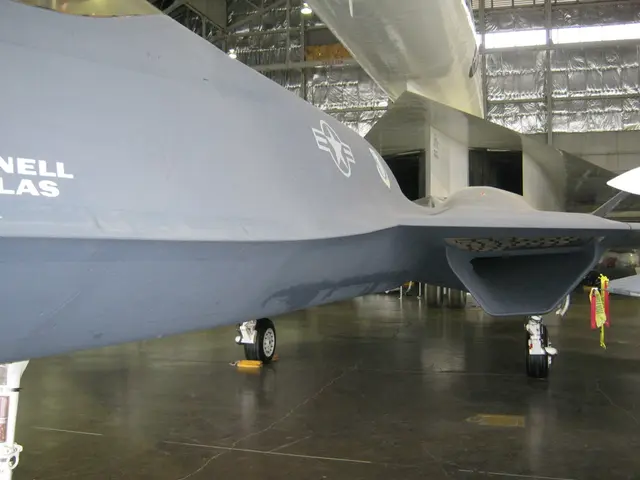Escalating Peace Talks in Ukraine Contribute to the Strengthening Euro and Place Pressure on the U.S. Dollar
The ongoing meeting between President Trump and European leaders is being closely watched by global markets, as they await any progress toward ending the Russian-Ukrainian war. This potential diplomatic breakthrough has already started to impact various financial markets, particularly the EUR/USD, USD/JPY, and precious metals.
1. EUR/USD
Diplomatic progress has brought a fragile geopolitical optimism, leading to a reduction in oil prices to around $63/barrel. However, the European economy's growth remains weak, with limited expectation for a significant reversal of current energy import disruptions or defense spending hikes in the Eurozone. Thus, while peace talks reduce risk premium in the euro, ongoing structural challenges and continued "ReArm Europe" defense expenditures sustain upward pressure on EUR/USD volatility. Additionally, U.S. Federal Reserve considerations of rate cuts tied to geopolitical confidence could weigh on the USD, potentially supporting the euro in the medium term.
2. USD/JPY
Peace negotiations have contributed to some easing of geopolitical uncertainty but have not yet led to a decisive risk-on environment. Given Japan’s safe-haven status and closely linked monetary policy stance, the USD/JPY pair is sensitive to both geopolitical developments and Fed-BoJ interest rate divergences. The fragile nature of progress and ongoing large-scale defense and geopolitical risks in Europe suggest cautious investment flows, with limited sharp moves in USD/JPY as Asian investors balance risk appetite with safe-haven demand.
3. Precious Metals Markets (e.g., Gold, Silver)
Progress in Ukraine talks tends to reduce geopolitical risk premiums, leading to downward pressure on safe-haven assets like gold and silver. However, persistent uncertainties, ongoing conflict dynamics, and the mixed signals from defense and energy markets sustain volatility in precious metals. If the Fed pursues rate cuts supported by geopolitical optimism, the resulting weaker dollar can partly offset downward pressure on precious metals, providing some support.
These effects reflect a fragile geopolitical equilibrium rather than a full resolution or significant market re-rating at this stage. The potential easing of sanctions on Russian oil amid peace talks has stabilized oil prices but also injected volatility and strategic uncertainties for investors in energy and commodities sectors. European defense spending surges and structural shifts in security policy may temper expectations of a EU currency rally from peace optimism alone. A decisive peace deal remains elusive, sustaining elevated macroeconomic and geopolitical risks that influence currency and commodity markets through fluctuating risk appetite.
In conclusion, while progress in Ukraine peace talks has contributed to some easing of risk premiums, lowering oil prices and adding tentative support to the euro versus the dollar, structural challenges and high defense spending keep euro volatility elevated. The USD/JPY remains broadly range-bound amid cautious market sentiment. Precious metals face downward pressure from reduced geopolitical risk, partially offset by Fed rate cut expectations and dollar weakness.








